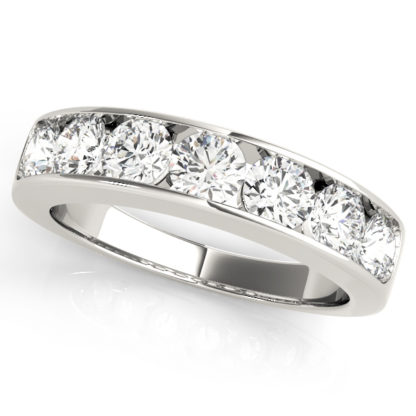Getting married can be an exciting chapter to embark on. Choosing that perfect gemstone is one of the main first decisions to make. In the end, this ring is meant to be worn and cherished for life.
Besides that age old tradition of getting down on your knees and saying the four magic words, below are a few tips how to make that right choice and what you ought to be thinking about if you are looking to get an gemstone.
Factor 1 – Know your fiancée’s preference in jewellery
Diamond, sapphire, ruby … … The options are aplenty!
The type of stone, kind of setting, and/or colour of important metal does your fiancée like? Consider the look of other jewellery she loves, or ask her mother or close friends for an idea of her preferences.
Factor 2 – Determine her Moissanite Rings size
If you don’t know this yet, the best answer is to secretly borrow one of her other rings and also have them measured with a jeweller. Do note that there can be up to half finger-size difference between your left and right hands, which is often easily adjusted after you have given the ring.
Factor 3 – Your choice whether to choose a diamond
Diamonds are the hardest substance that you can buy and also have more brilliance and fire than any other gemstone. It’ll withstand daily wear and appearance beautiful for decades. It has always been the standard selection of stone for engagement rings.
Factor 4 – Other popular gemstones used for engagement rings
Sapphires and rubies are also both extremely popular engagement stones and their high amount of hardness, second only to diamonds, makes them durable for a lifetime. Emeralds aren’t as hard or as durable as sapphires, rubies and diamonds, however if they are set with a gold rub over setting, this will greatly help protect the emerald in the long run.
Some stones that aren’t suitable for engagement rings include opals, which may dry and crack with daily wear and are better for occasional wear. Pearls, whether cultured or natural, can absorb liquids and stain. Cultured pearls usually have several microns of nacre – diamond-shaped crystals of calcium carbonate, also known as mother-of-pearl – on the top, which will eventually erode and not look nearly as good in five to 10 years.
The 4Cs will be the four standards for judging the quality of any diamond. Produced by the Gemological Institute of America (GIA) in 1953, the grading system is employed across the world and is a trusted indication of quality.
When choosing a diamond, the four C’s are to be considered together. You must closely compare different stones, and weigh factors such as size against colour and clarity. Understand that if this ring will be worn every day, it doesn’t need to be a top-rated D Flawless. Using the naked eye, people can’t identify a VVS1 diamonds from a VS2, however the price can vary significantly.
Factor 6 – The diamond certificate and its importance
A certificate documents the essential statistics of a diamond, including its weight, colour and clarity, the proportions of the stone, the cut and polish. Always ask for a certificate and, if possible, get advice to help you fully understand it. The best recommended is named a GIA certificate.
Factor 7 – Important notes in regards to to setting stones over a ring
The amount of prongs and how they’re constructed is vital. There must be 4-6 prongs securing the stone. Measure the toughness of the prongs, especially on a pre-worn ring. If they are made of thin metal, it’s not impossible for a claw to get caught on clothing and be bent backwards; if the ring only has four prongs, you might lose your stone.
Factor 8 – Gold versus platinum
The decision to choose a ring in yellow, white or pink gold versus platinum is an individual one. Platinum is slightly more dense, making it heavier than gold, and a lot of people enjoy this more solid feel. Platinum will dull a lttle bit with age but can be polished, while white gold brightens with wearing. Platinum is more ductile, and for that reason it’s often used in delicate settings.
Typically the most popular choice for an engagement ring is definitely a round, brilliant-cut diamond, as it gets the most brilliance and sparkle of all various cuts and it is robust to last a lifetime.
Buyers are advised to examine pieces carefully and talk to the experts.
There are always a wide selection of designs, cuts and settings, that can be of high quality plus some with high values. The very best advice is to have some knowledge before you make your decision. In the end, an gemstone is symbolic of combining the lives of two different people in a symbol of love, honour and commitment for many years to come.
